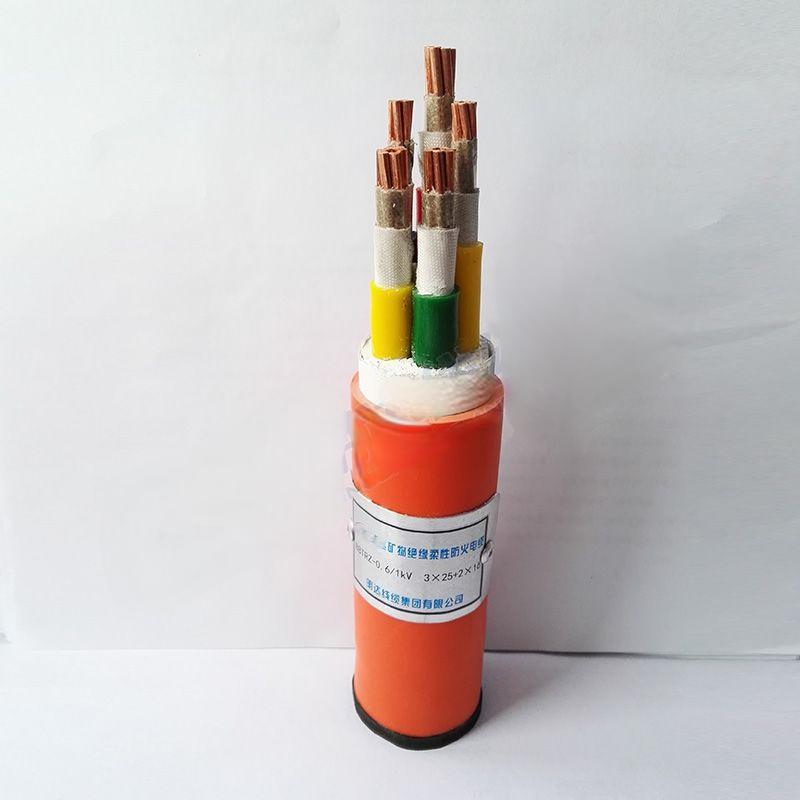11 月 . 02, 2024 12:27 Back to list
hydraulic control valve
Hydraulic Control Valves An Overview
Hydraulic control valves play a pivotal role in the operation and regulation of hydraulic systems. These valves are crucial components that manage the flow and pressure of hydraulic fluid within machinery, ensuring efficient and safe operation. Understanding how hydraulic control valves function is essential for anyone involved in engineering, manufacturing, or maintenance of hydraulic systems.
At its core, a hydraulic control valve regulates the flow of hydraulic fluid through various pathways, directing the fluid to the necessary actuator. This is achieved through several types of valves, including directional control valves, pressure relief valves, and flow control valves. Each type serves a specific purpose and plays a vital role in system functionality.
Directional control valves are designed to control the path of hydraulic fluid. They determine the direction the hydraulic fluid will flow, facilitating the movement of actuators like cylinders and motors. These valves typically come in various configurations, such as 2-way, 3-way, or 4-way designs, which allow them to control different numbers of flow paths based on system requirements.
Pressure relief valves are essential for protecting hydraulic systems from overload. By regulating the maximum pressure within the system, these valves prevent damage to components and maintain safe operational levels. When the pressure exceeds a predetermined limit, the relief valve opens, allowing fluid to return to the reservoir or bypass the system, thus preventing potential failures.
hydraulic control valve

Flow control valves are instrumental in regulating the speed of hydraulic actuators. By adjusting the flow rate of the hydraulic fluid, these valves allow for precise control over the movement of machinery. This is particularly important in applications where speed and timing are critical, such as in manufacturing processes or construction equipment.
One of the key considerations when selecting hydraulic control valves is the compatibility with the hydraulic fluid and the specific parameters of the system, including pressure ratings and flow requirements. Engineers must also take into account the system's response time, efficiency, and maintenance needs. Choosing the right valve not only enhances the performance of hydraulic machinery but also prolongs its lifespan.
Maintenance of hydraulic control valves is vital to ensure reliability and prevent system failures. Regular inspection and cleaning are necessary to remove contaminants that could impede valve function. Additionally, timely replacement of worn-out components can prevent inefficiencies and costly repairs.
In conclusion, hydraulic control valves are integral to the functionality of hydraulic systems. By understanding their various types and functions, engineers and operators can ensure optimal system performance, leading to safer and more efficient operations across a wide range of industries. As technology advances, the design and functionality of these valves will continue to evolve, providing even greater control and efficiency in hydraulic applications.
Share
-
Understanding the Differences Between Wafer Type Butterfly Valve and Lugged Butterfly ValveNewsOct.25,2024
-
The Efficiency of Wafer Type Butterfly Valve and Lugged Butterfly ValveNewsOct.25,2024
-
The Ultimate Guide to Industrial Swing Check Valve: Performance, Installation, and MaintenanceNewsOct.25,2024
-
Superior Performance with Industrial Swing Check Valve: The Essential Valve for Any SystemNewsOct.25,2024
-
Industrial Swing Check Valve: The Ideal Solution for Flow ControlNewsOct.25,2024
-
You Need to Know About Industrial Swing Check Valve: Functionality, Scope, and PerformanceNewsOct.25,2024